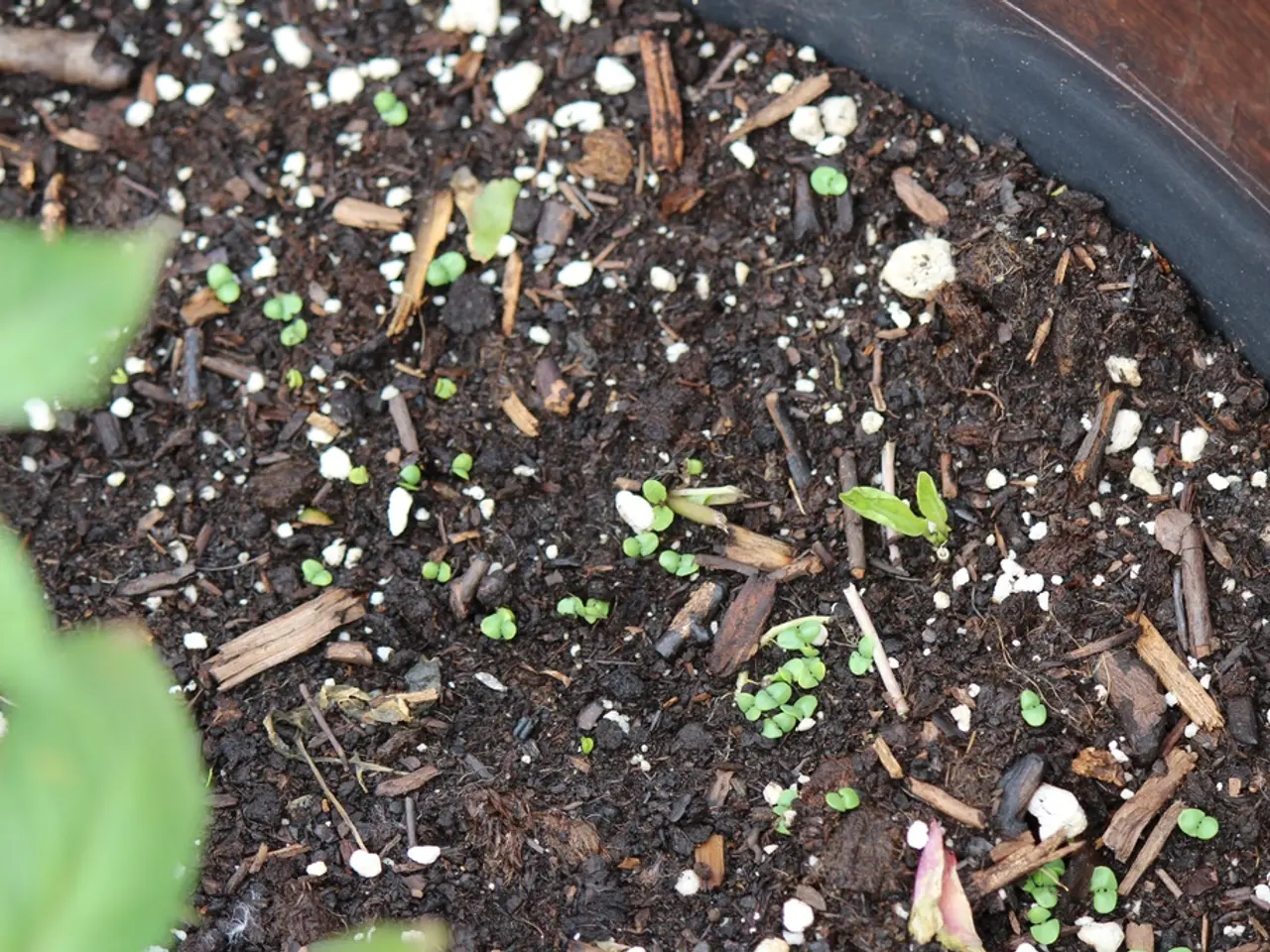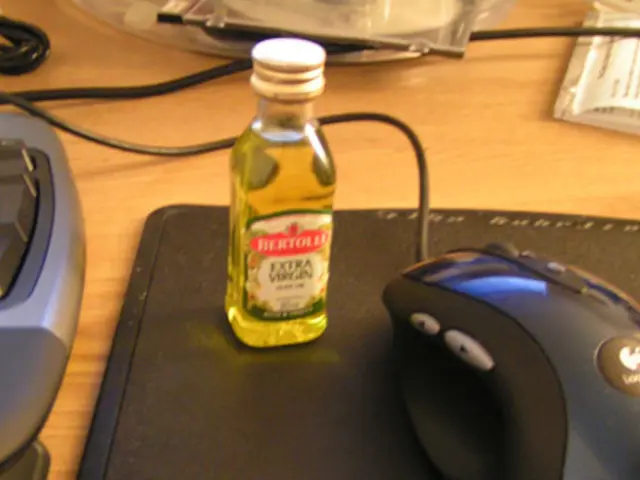Impact of Alkaline Soils on Plant Life and Development
Alkaline soil, often referred to as "sweet soil," has a pH level above 7 and contains high amounts of sodium, calcium, and magnesium. This type of soil can pose challenges for gardeners who wish to grow acid-loving plants, such as azaleas, hydrangeas, and heather.
Fortunately, there are several strategies to help make essential nutrients more available for these plants in alkaline soil. Incorporating organic matter or using acidifying fertilizers can be effective solutions.
Organic matter, such as mulch, pine needles, sphagnum peat moss, compost, and coffee grounds, can be used to lower the pH level of alkaline soil. Peat moss is particularly effective, but its harvesting negatively impacts the environment, so it's best used sparingly. Composted wood chips or sawdust can also be used to increase the absorption ability and moisture retention of sandy soil.
Gardeners can also consider using container plantings or raised beds to control the soil pH more easily and create a more suitable environment for acid-loving plants. In these containers, growers can use an acidic planting medium like peat or potting soil to accommodate these plants in alkaline soil.
For a more immediate effect on the soil's pH level, acidifying fertilizers can be used. These fertilizers, such as those containing elemental sulfur, can help lower the pH level of alkaline soil. However, they should be used sparingly and with caution.
When using sulfur, gardeners can add 1 to 3 ounces of ground rock sulfur per 1 square yard of soil, mix it in well before use, and choose between common sulfur, ferrous sulfate, or aluminum sulfate. Common sulfur is the most affordable but takes time to work, while ferrous sulfate adds iron to the soil and aluminum sulfate works quickly but requires a larger amount. Always use sulfur with compost and test the soil before adding sulfur.
Companies like Haifa Group, Scotts Miracle-Gro, and Espoma offer soil amendment products such as sulfur, aluminum sulfate, and acidic fertilizers that lower soil pH to support the growth of acidophilic plants.
Alkaline soils can be caused by arid conditions and hard water. Hard water, which contains high levels of dissolved minerals, can increase soil alkalinity when used for irrigation or coming into contact with the soil.
It's important to note that plants that thrive in acidic soil conditions, such as blueberries, rhododendrons, and azaleas, can be negatively affected by alkaline soils. This can lead to stunted growth and nutrient deficiencies.
In conclusion, by understanding the characteristics of alkaline soil and employing various strategies like using organic matter, acidifying fertilizers, container plantings, and soil amendment products, gardeners can successfully grow acid-loving plants in alkaline soil.
Read also:
- Inadequate supply of accessible housing overlooks London's disabled community
- Strange discovery in EU: Rabbits found with unusual appendages resembling tentacles on their heads
- Duration of a Travelling Blood Clot: Time Scale Explained
- Fainting versus Seizures: Overlaps, Distinctions, and Proper Responses






